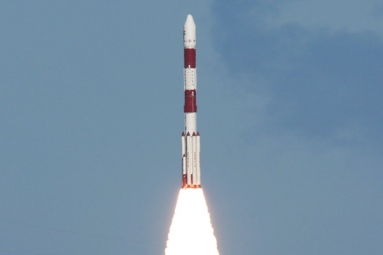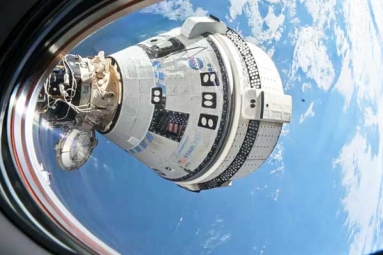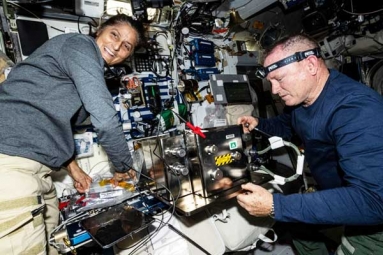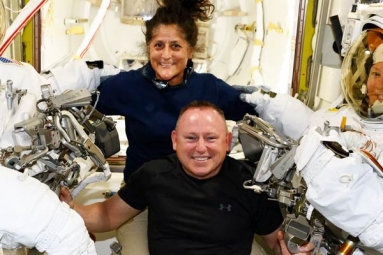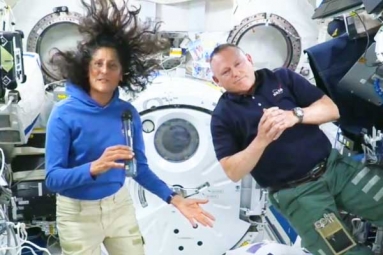
The unmanned NASA’s spacecraft ‘Cassini’ has survived its plunge between the rings of sixth planet Saturn and after briefly going offline for the flyby, it is communicating again with Earth, the United States space agency said on Thursday.
The spacecraft skimmed closer than any previous spacecraft to the Saturn and lived to tell the tale, sending back a signal that arrived early on Thursday at 0656 GMT, after 20 hours it crossed the rings.
"No spacecraft has ever been this close to Saturn before. We could only rely on predictions, based on our experience with Saturn's outer rings, of what we thought this gap between the rings and Saturn would be like," said Cassini project manager Earl Maize of NASA's Jet Propulsion Laboratory in Pasadena, California.
"I am delighted to report that Cassini shot through the gap just as we planned and has come out the other side in excellent shape."

The gap between the rings and the Saturn’s atmosphere is about 2,400 kilometers wide. The rings are made of fast moving particles of ice and space debris that could strike and disable the space craft.
The spacecraft travelled through at a speed of about 77,000 miles per hour relative to the planet.

Cassini will make 22 dives between the Saturn and its rings before making a death dive into the gas giant in September.
Its next pass is scheduled for May 2.
The mission is jointly conducted by NASA, The Italian Space Agency and the European Space Agency. Cassini was launched in 1997 and has been revolving Saturn since 2004.
The spacecraft is in on low fuel now and scientist have decided to end its mission rather than risk damaging
Cassini is now running low on fuel and scientists have decided to end its mission rather than risk damaging one of Saturn's moons, whose subsurface oceans may be explored for signs of life in the future.
AMandeep









